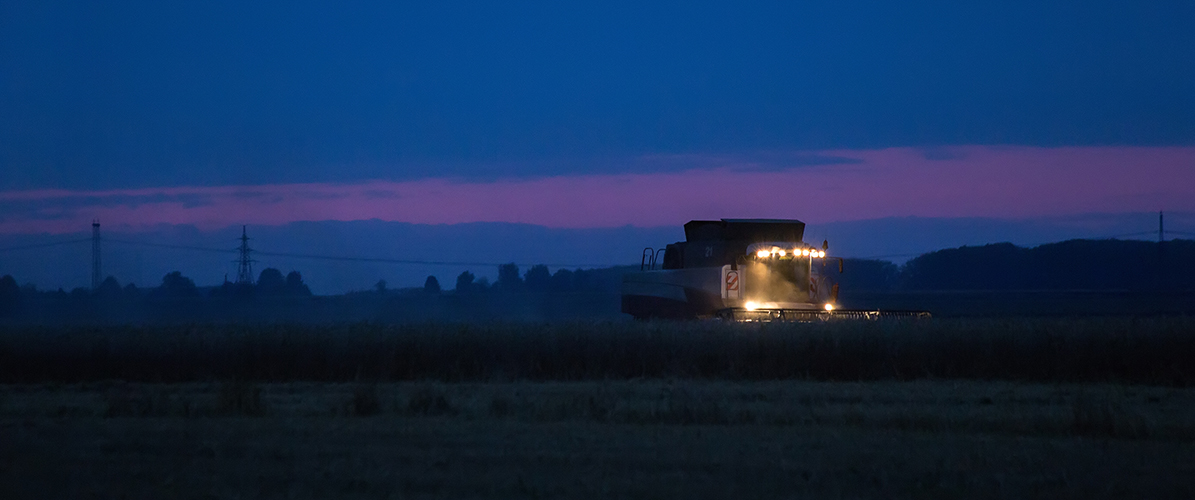Improved skill for regional climate in the ACCESS-based POAMA model
12 April 2018
Levy-funded seminars to cover Exporting 101 and the latest in global innovations
13 April 2018Climate variability is the largest driver of variations in annual agricultural production and income in Australia, and seasonal forecasts provide agricultural users with information about expected conditions to help their decision-making about vital production processes.
To increase the accuracy and usefulness of the seasonal climate outlook information available to Australian vegetable growers, a recently completed levy-funded project evaluated climate forecasts made by a new seasonal forecast model used by the Bureau of Meteorology (BOM).
ACCESS-S, the new system, will replace the current POAMA system later in 2018. The current iteration of the system (ACCESS-S1) is has a number of enhancements over POAMA, including increased spatial resolution (60km units compared to POAMA’s 250km), improved model physics (such as more soil levels and better modelling of soil heat and moisture flux) and a better representation of Australia’s climate.
The evaluation process found that ACCESS-S1 is significantly more accurate than POAMA for multi-week forecasts of rainfall and maximum and minimum temperatures over nine key vegetable-growing regions: the Adelaide Plains, Bowen, Bundaberg, Carnarvon, Devonport, Mildura, Southern WA, the Southern Basin, and the Werribee/Cranbourne/Gippsland region.
The BOM is still looking for further feedback from vegetable growers about the value of the forecasts available through ACCESS-S1 – in particular, how useful these forecasts are for production and management decisions, like fertiliser applications, irrigation scheduling or harvesting and planting decisions.
Australian vegetable growers should take a look at the experimental forecast products available online for key growing regions, which are available online for registered users. The forecasts cover multi-week (2-4 weeks ahead) and seasonal timescales, and your feedback will help to determine whether they become fully operational products.
If you’re interested in reading the final report from the levy-funded project evaluating the ACCESS-S1 forecasts, you can read it on the InfoVeg database. You can also find the BOM’s operational seasonal forecasts in the “Climate watch” section of its website.
This post appeared in the AUSVEG Weekly Update published 17 April 2018. Subscribe to the Update using our online form to receive the latest industry news in your inbox every week!


